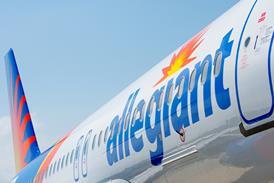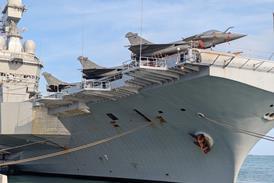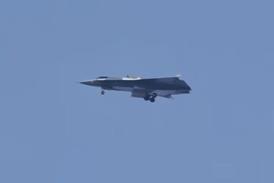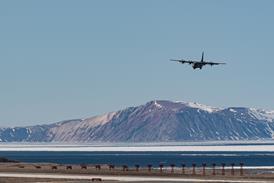Imminent air-taxi explosion prompts US association to introduce safeguards in bid to unify air charter practices
The National Air Transportation Association, a US-based air charter advocacy group, plans to have new safeguards in place within a year to let passengers know if their charter company is compliant with industry best practices.
The disclosure is one goal of a new Part 135 safety organisation that NATA has modelled after the airline industry's Flight Safety Foundation. Called the Air Charter Safety Foundation (ACSF), it will attempt to bring uniform safety standards and advanced data-driven accident and incident prevention strategies to the air charter industry worldwide.
The initiative comes in advance of an expected media blitz accompanying the imminent start-up of high-profile jet air-taxi operators such as DayJet, that for the first time will attempt to fly very light jets with airline-type frequencies later this year.
Concerns about passenger safety accompanying the new entrants in the market have highlighted a chequered safety record for air taxis in the USA, marred occasionally by high-profile accidents like the runway overrun by an improperly loaded Bombardier Challenger 600 at Teterboro airport near New York City in February 2005.
James Coyne, NATA president, says the airline industry had similar problems 60 years ago when the Flight Safety Foundation was created. "This is exactly the kind of institution we need in air charter," he says, adding there are 2,320 Part 135 certificate holders flying more than 6,000 aircraft in the USA.
Most recent US National Transportation Board accident statistics show that air taxis in the USA flew more hours last year than in 2005, but experienced a 20% reduction in accidents. The NTSB says there were 54 mishaps in 2006 resulting in an accident rate of 1.5 accidents per 100,000 hours of flying, compared with 2.02 in 2005. The accident rate for air carriers last year was a factor of 10 below that for air taxis, however.
Coyne says NATA began to form the group about a year ago and has assembled a high-profile list of members for its executive committee and board of governors, including Charlie Priester, of Priester Aviation, and Jim Christiansen, president of fractional giant NetJets. Preister and Christiansen will be chairman and vice-chairman of the new organisation. The first meeting and official launch of the ACSF is scheduled for 30 June.
The ACSF will be funded by members who will pay between $1,000 and $25,000 for membership, depending on the size of the operation, says Coyne.
Preliminary goals include establishing an air taxi industry audit standard, getting more precise hours-flown, accident and incident data from the US Federal Aviation Administration, encouraging more operators to begin using safety management systems, hosting an annual safety symposium in the winter and "improving the public's perception of air charter safety and security," says NATA.
Coyne says a new audit standard being written will "raise the bar" for an industry that previously had audits but no universal standard. With ACSF standards, Coyne says operators who complete an audit will have the information included in an online registry.
Source: Flight International























